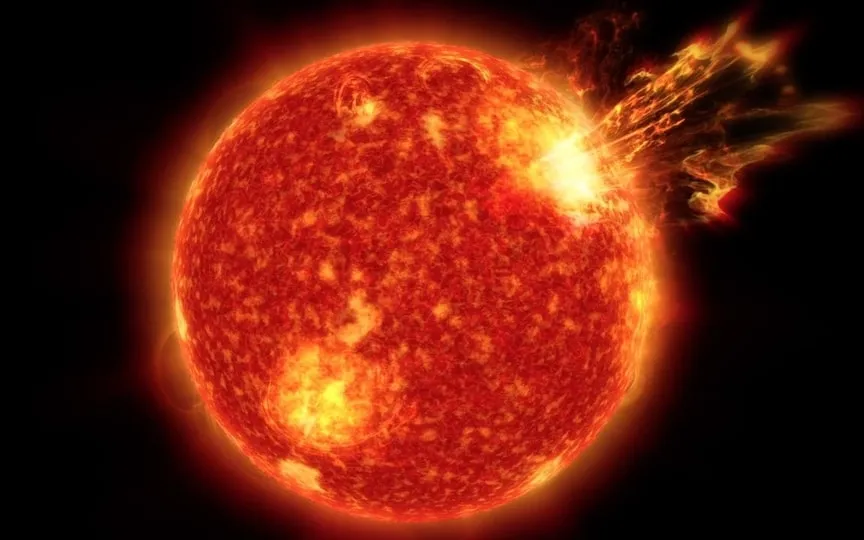Alert issued for geomagnetic storm as Earth grazes CME; Stay informed about today’s solar storm risk
As Earth enters the Vernal Equinox, solar activity is becoming more frequent and impactful. As we near the solar maximum, these occurrences are expected to increase. Recently, the Sun released a massive Coronal Mass Ejection (CME) towards Earth, dubbed the ‘Canyon of Fire’ by NASA. This CME posed a potential threat of a solar storm. Now, experts have confirmed that the CME has reached Earth, prompting a geomagnetic storm alert.
Geomagnetic storm alert
NASA’s Solar Dynamics Observatory captured the CME’s ejection on March 17, according to a SpaceWeather report. It then set a course for Earth and traversed the planet’s magnetic field in the early hours of today. NASA says that while it didn’t immediately cause a geomagnetic storm, it could still happen later in the day as Earth passes through a CME. For this reason, a geomagnetic storm warning has been issued, as the danger of solar storms still looms.
The report states: “Arriving hours later than expected, the CME struck Earth’s magnetic field on March 21 (0230). The weak impact did not immediately produce a geomagnetic storm, although such a storm is possible later today as Earth moves deeper into the CME’s magnetized wake. This is a CME, which was hurled into space by a dramatic filament eruption earlier this week.
This geomagnetic storm warning has been issued at a time when Earth is facing the vernal equinox. During this time, the Russell-McPherron effect takes effect, where even the weakest solar winds can seep through the Earth’s magnetic field and cause a solar storm. This is due to the semiannual variation in the effective southward component of the interplanetary field.




